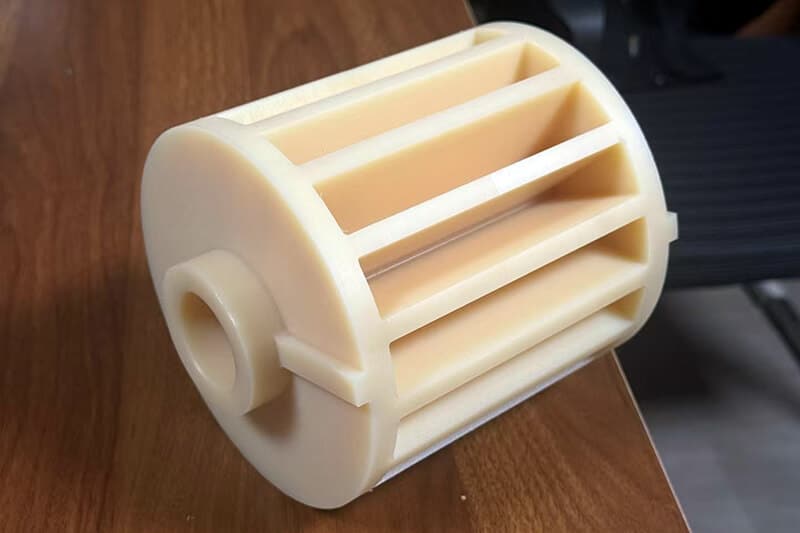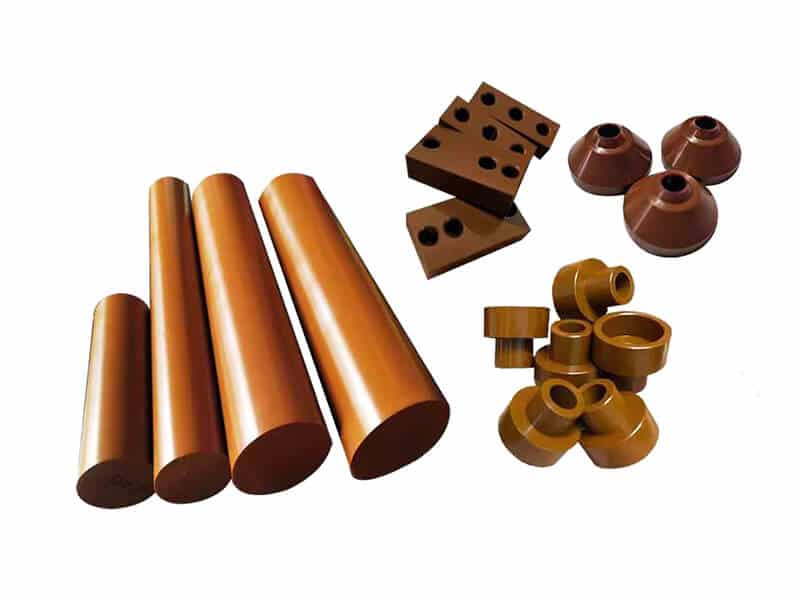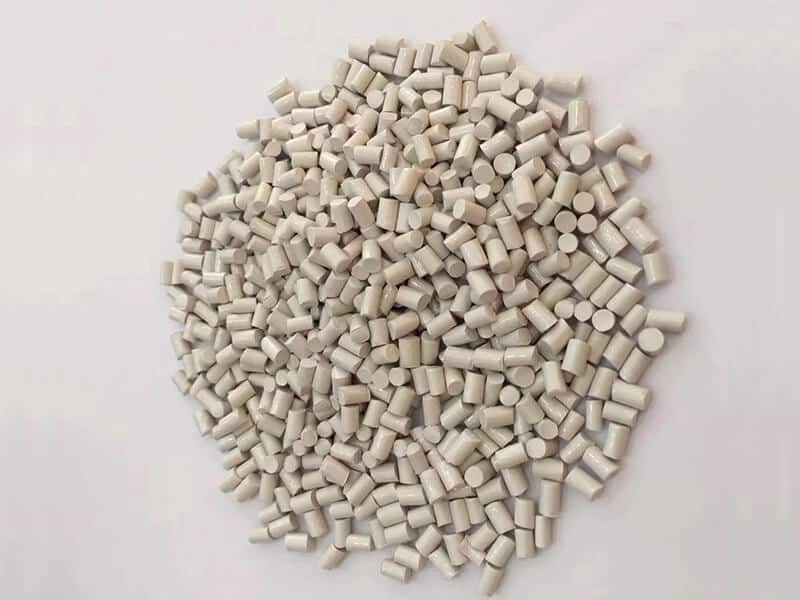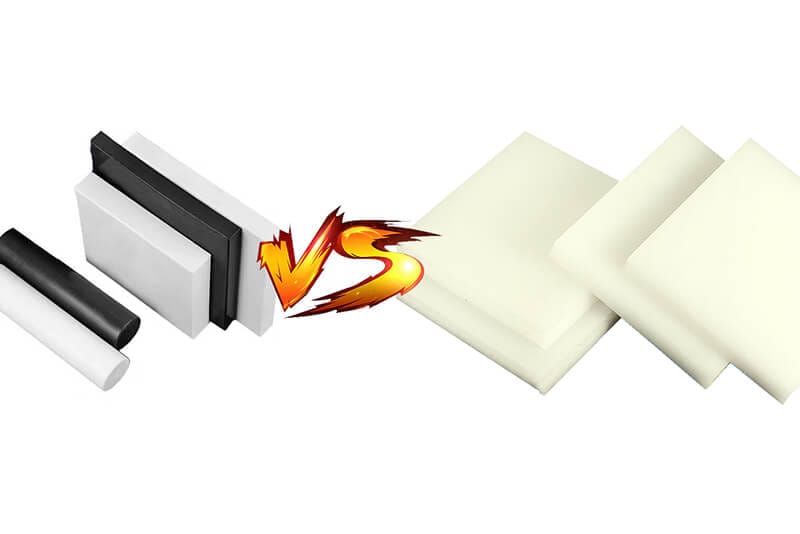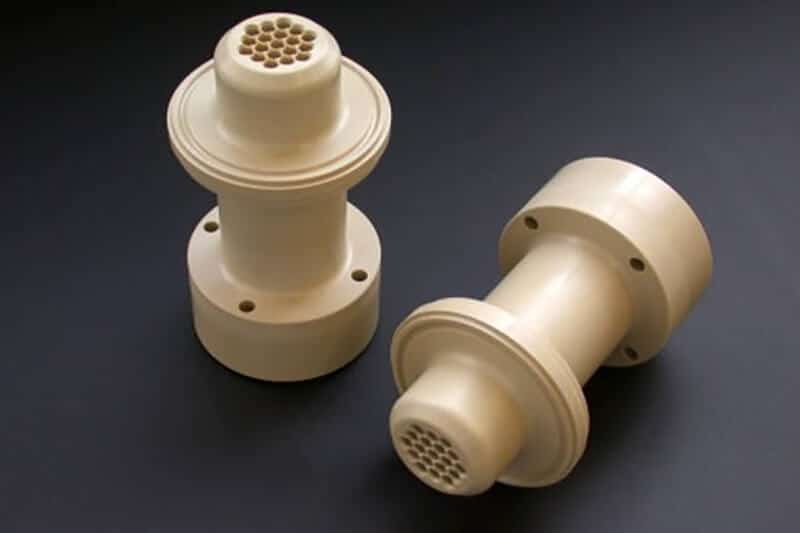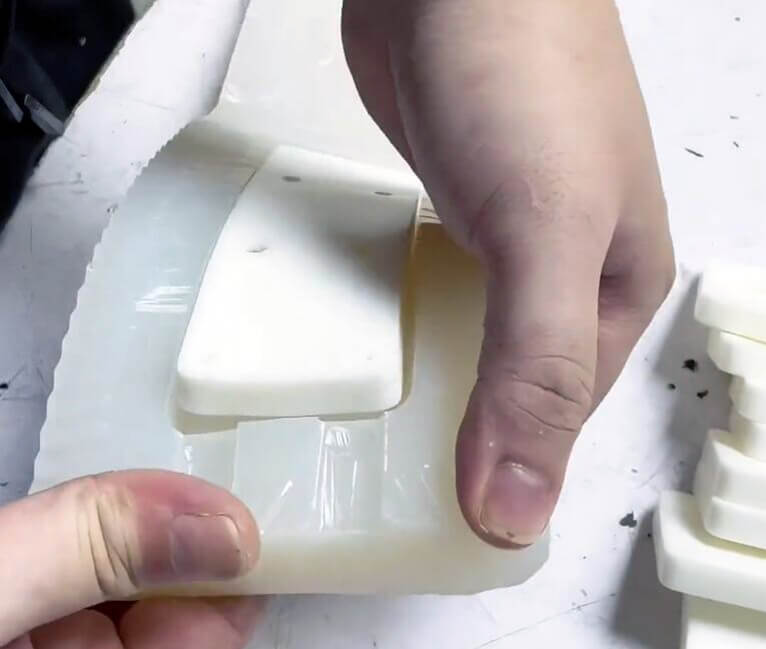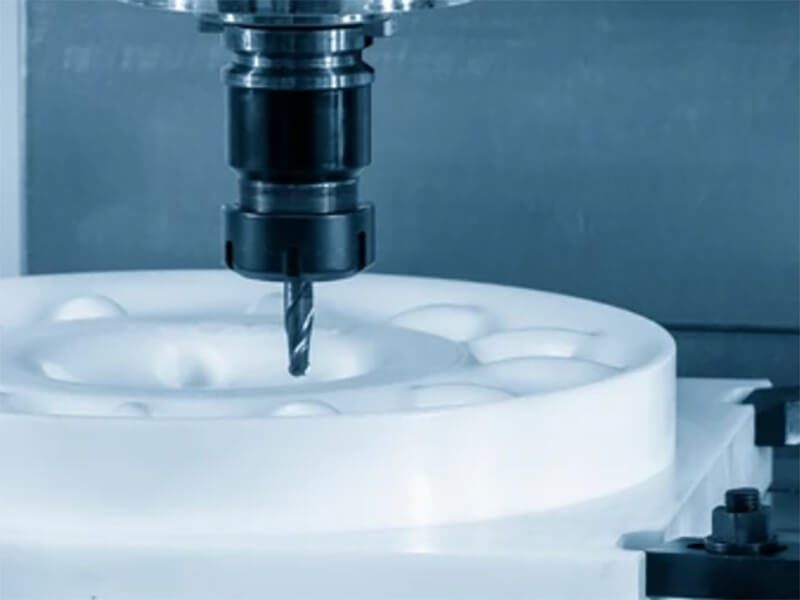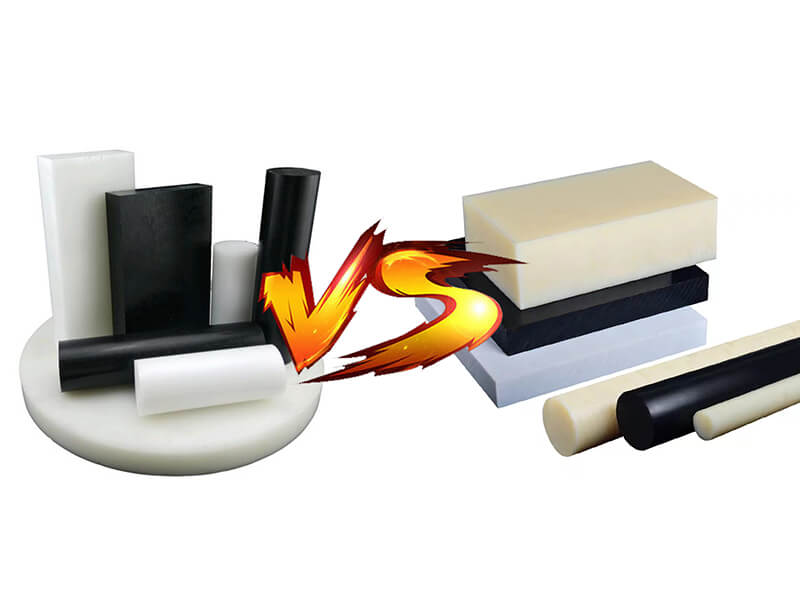How PET Plastic Boosts Efficiency in Manufacturing?
Find out how PET plastic enhances manufacturing processes by reducing costs, improving durability, and increasing production efficiency in various industries.

Polyethylene Terephthalate, also known as PET, was invented in 1973 and is now considered a crucial construction material in various manufacturing industries. This plastic is highly popular because of its excellent versatility, durability, flowability, and recyclability.
The properties mentioned above of PET apply to end users and final product sellers. However, its contribution to efficient manufacturing is always overlooked and less discussed. Here, we explore how PET plastic enhances efficiency in manufacturing industries. Let’s dive into detail.
Basics of PET Plastic
The base chemicals of PET plastic are ethylene and xylene, which allow the extraction of ethylene glycol and terephthalic acid, respectively. Terephthalic acid reacts with methanol and produces bis(2-hydroxyethyl) terephthalate and water. After properly removing the water, bis(2-hydroxyethyl) terephthalate goes through polycondensation at 270°C to 280°C in air-tight conditions.
Finally, ethylene glycol is added, and reactions occur, producing PET resin. However, in some cases, we also use solid-state polymerization.
At this point, PET resin is left untouched until it reaches the desired molecular weight. Then, a cooling process takes place, and solid PET blocks are produced, which are shredded into PET pellets to supply the final item manufacturers. It is an FDA-approved food-grade plastic.
Properties
Based on each property’s value, the respective PET’s grade is measured, such as PET Grade 136, PET Grade 37, PET Grade 47, and so on.
Applications of PET Plastic
The following are the most common applications of this plastic.
Most Common Forms and Shapes of PET Plastic
The components produced from PET plastic are used in many industries, from food packaging to automotive parts production.
At UVTECO, we transform the raw PET plastic into sheets, rods, and tubes. Based on the client’s order, we apply different precision engineering methods to create the final material’s components or subcomponents. The same goes for other PET product manufacturers. The following table helps to understand better.
| Common Forms | Common Shapes |
|---|---|
| Rod and rolls for making larger parts | Cylindrical for producing bottle-type items |
| Flims to create packaging | Rectangular shape for specific designs |
| Sheets to give desired forms | Oval for bottles and other products |
| Straps to handle heavy items | Square used to make parts |
| Fibers for producing fabric | Cones, teardrops, custom designs, etc. shapes. |
5 Ways PET Plastic Enhances Manufacturing Efficiency
PET is popular for many advantages associated with using its components in final product making. Among these beneficial factors, its capability to increase manufacturing efficiency is the most praised. Here is a list of the ways PET plastic contributes to manufacturing efficiency.
1. Versatility and Moldability for Customization
The greater moldability property of PET plastic allows manufacturers like us to provide raw PET blocks of certain sizes and shapes easily. These can easily be shaped into rods, sheets, thin films, tubes, etc., to produce the parts as per specification.
Manufacturers can effortlessly incorporate streamlined production and quick adjustments to create PET parts according to specifications and customer demand. In short, PET allows for different product designs and packaging specifications, offering greater versatility.
2. Durability and Resistance to Breakage
The hardness, stiffness, and elongation make PET plastic components highly durable. Most importantly, the produced parts are also free from breakage.
The associated greater durability and resistance to breakage allow the manufacturer to store the PET-made materials for a long time without any issues. Manufacturers can exploit this benefit to remain competitive in the market, offering ready-to-use solutions.
For example, suppose a manufacturer is a well-known PET-made product manufacturer. In that case, the manufacturer can go for advanced production for upcoming orders and storing to supply the material when the requirement is in the market. However, it is subjected to managerial decisions through effective market research.
3. Lower Transportation and Handling Cost
We all know that transporting raw materials to the plants and delivering the outcomes are subject to considerable sums of money the manufacturers spend. The lightweight nature of PET pellets, sheets, tubes, rods, etc., allows the manufacturer to save transportation costs.
Additionally, whether manual or automated handling, the lightweight property saves the manufacturer significantly due to the ease of handling and less time requirement.
4. Supports High-speed Production
As a plastic, PET is a blessing for manufacturers as it offers high-speed production of PET-made parts. This means applying precision engineering to get PET components with the desired shape, size, and design is easy. For instance, various manufacturers use injection and blow molding to produce products like drinking bottles, containers, etc.; per piece takes 2-3 seconds.
It saves labor costs, energy use, etc., while allowing us to deliver the products within the deadline. So, PET’s speedy production capacity highly supports bulk production within a shorter period.
5. Recycling
PET plastic is recyclable, allowing the manufacturer to contribute to reducing contemporary environmental challenges. For example, a PET-made drinking bottle manufacturer can collect the already used bottles and recycle them to form new or the same material.
This allows the company to be recognized as an eco-friendly business, contributing to environmental sustainability through less GHG emissions and lower natural resource use. In our experience, recyclability also allows businesses to make substantial amounts of revenue as they get the raw material ready-to-use condition.
Final Words
We are confident that our in-depth elaboration on PET plastic enhances manufacturing industries’ efficiency. It saves production costs while allowing the manufacturer to comply with state or central government policies regarding downgrading environmental impacts.
Most importantly, PET’s recyclability supports a circular economy, making it a cost-effective and eco-friendly material.
UVTECO is a top manufacturer of PET plastic, including sheets, films, rods, and tubes. If you are looking for a supplier of PET plastic or PET parts, don’t hesitate to contact us.
Related Blogs

Looking for a trustworthy Supplier
Need a Trustworthy Supplier of Plastic, Foam, Sponge, Rubber, Metal, and Machining Solution. Click the Button, We Will Be In Touch With You As Quickly As Possible.




